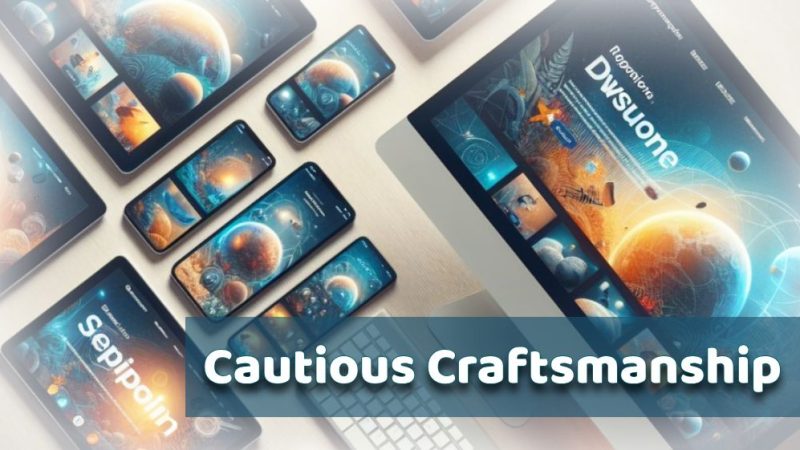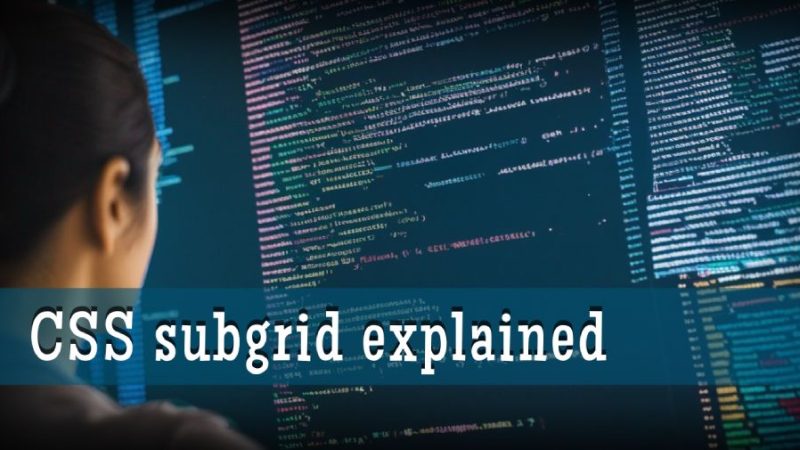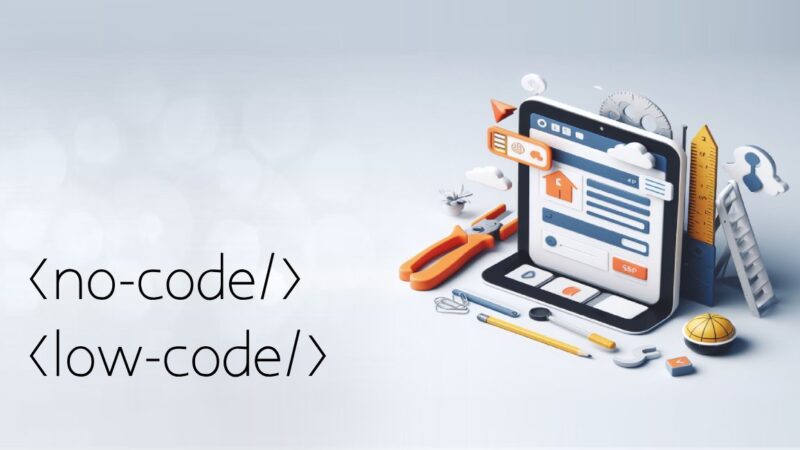In the evolving landscape of smart home technology, where advancements occur daily, it is crucial not to overlook security concerns. Just like in any other technology, a thorough understanding of the security risks associated with smart home technology is essential.
Optimism reigns supreme in the world of UI Development. We’re encouraged to think large, imagine possibilities, and believe in the possibility of good things happening. But what if I told…
CSS Grid layout has revolutionized web design, enabling content organization into a grid with rows and columns. However, it faced limitations when nesting grids inside grids. This is where subgrid comes to the rescue, expanding the capabilities of CSS Grid layouts.
As new technologies transform web development rapidly, staying up to date with the latest technologies is crucial. One of the most exciting additions to the CSS arsenal is the introduction of CSS container queries. Container queries promise to revolutionize the way we create responsive web layouts, offering more granular control over the layout of elements within containers.
In the ever-evolving landscape of web development, creating immersive and user-friendly digital experiences is the ultimate goal. One approach that has been gaining prominence in recent years is the “Ambient Design” approach. It’s a concept that takes user experience to a whole new level by seamlessly blending digital interfaces with the user’s environment. In this blog post, we’ll explore what ambient design is all about and how it’s changing the way we interact with the web.
No-Code/Low-Code web development is a software development approach that enables the creation of web applications with minimal or no coding. It is a subset of rapid application development (RAD) that utilizes visual programming tools to facilitate the development process. No-Code/Low-Code platforms provide users with pre-built components and templates that can be dragged and dropped to create a custom web application. This approach democratizes web development by making it accessible to a wider range of users, including non-programmers and citizen developers.






